Fashion shows are
over and done with; it is that time where the designers are biting their nails
and anxiously waiting for the reviews. Critiquing is as important as the event
itself. Every designer wants to win the adulation of the masses. Knowledge
about one’s art is extremely important, understanding
colors, cuts, the fall of fabric and the myriad details that go into making an
outfit.
Whistling Woods
International’s innovative ‘Fashion Club’
comprises of students with more than just a passing interest in fashion. Aditya Mandre and Priyanka Pai, MBA students and members of the ‘Fashion Club’, have
critiqued the Spring-Summer 2014 Paris Couture for which they received a
certificate of appreciation and they have done such a wonderful job that we had
to share it.
 |
| Valentino |
Valentino
shouted out loud of the age old tradition of opera and romanticism in the
frothy tulle dresses and impeccably stark, almost colorless columns.
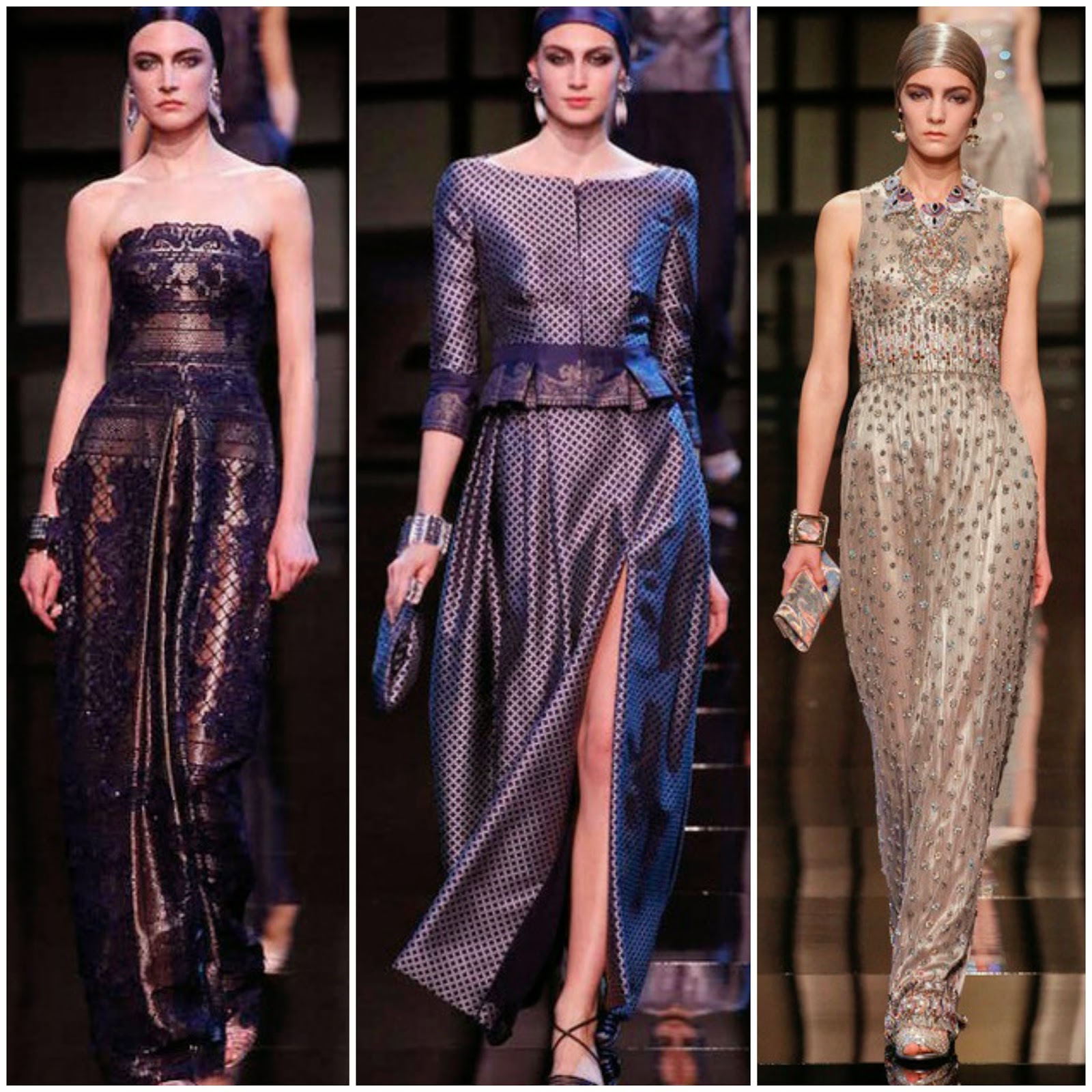 |
| Armani Prive |
The word
hodgepodge would describes Armani Prive‘s
collection correctly, a mixture of eastern cultures, portraying free-spirited
women looking at the world with curious eyes. His ‘Nomade’ collection ranged
from pale grey to navy tined with splendid embroiders and embellishments, with
a hint of gypsy and a whole lot of sophistication.
 |
| Christian Dior |
Christian
Dior
found his inspiration in the modern, young and free world which was reflected
in the delicate fabrics and decorative patterns which has a sense of freedom,
intimacy, transparency and the rise of feminism.
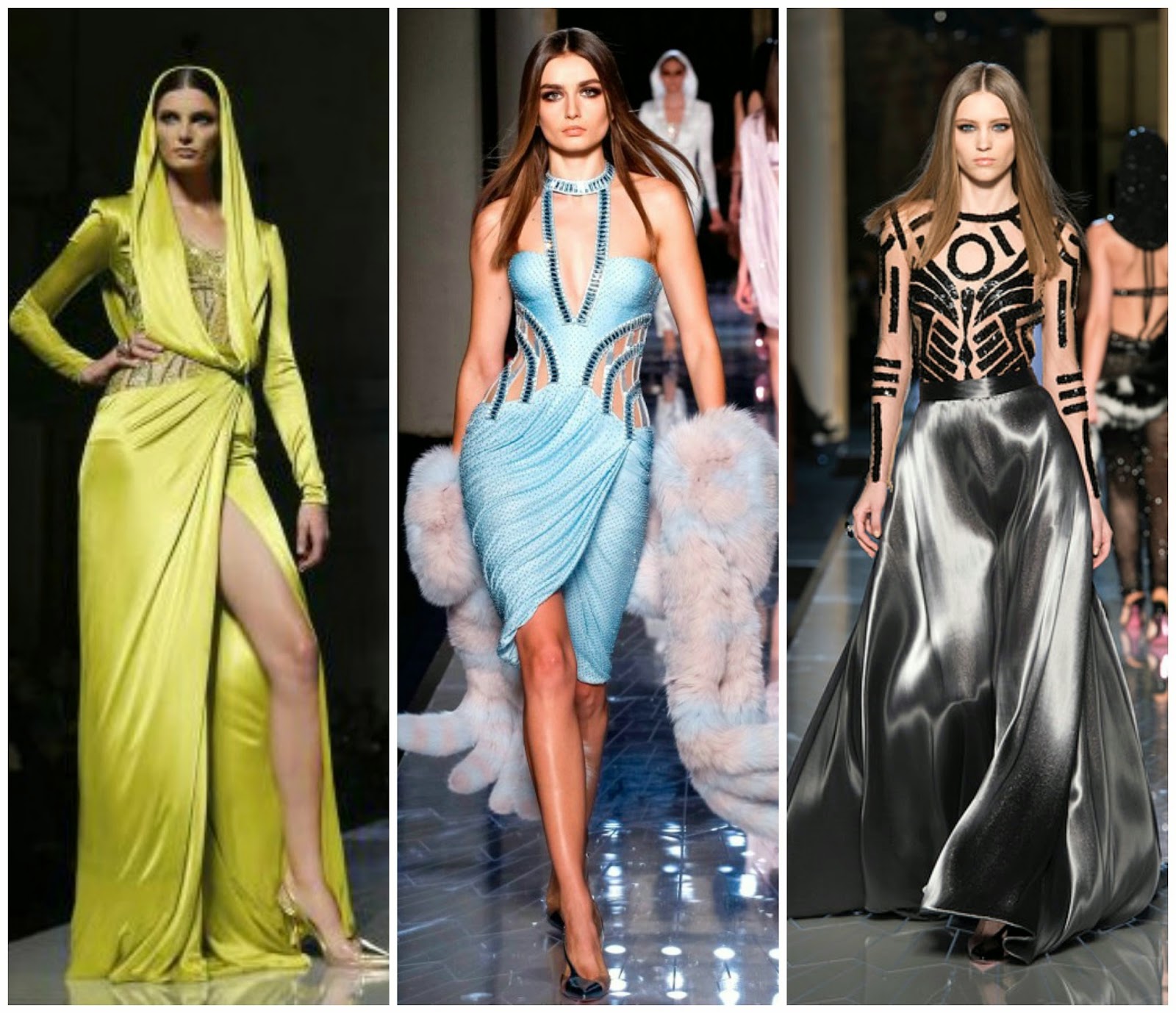 |
| Atelier Versace |
Atelier Versace’s collection saw sultry gowns, elegant
cocktail dresses, shorts and separates adding dazzle and glamour with a vibrant
palette. Decoration mimicked tattoos and the use of translucent fabrics that enhanced
the elegance of the collection.
 |
| Viktor & Rolf |
Viktor & Rolf attempted to blur the lines between skin
and clothing by using specially treated latex. By doing so they created
beautifully draped, fluid ballet dresses and hybrid leotards.
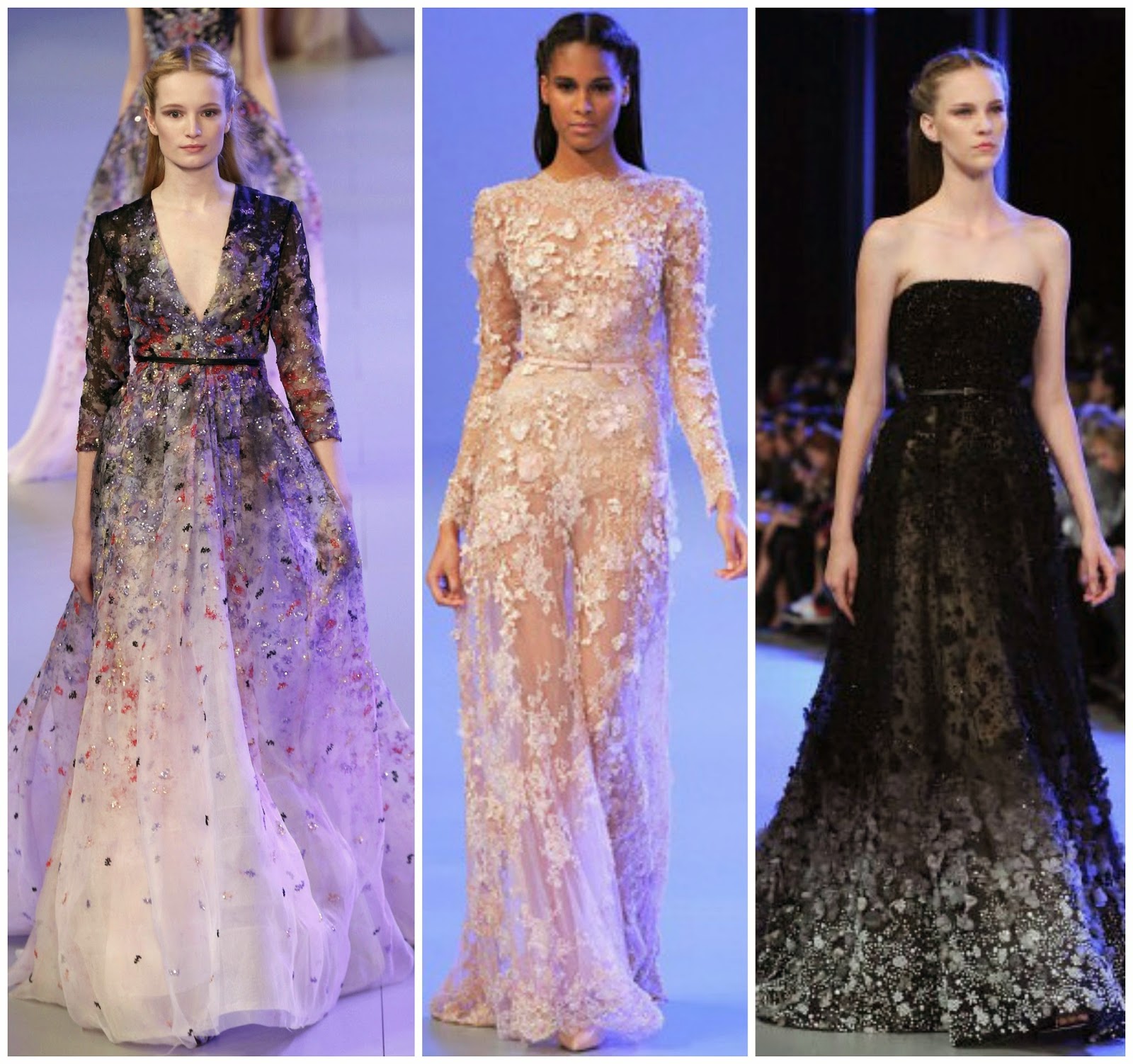 |
| Elie Saab |
Inspired by Sir
Lawrence Alma-Tadema, a 19th century painter, Elie Saab created a delicate collection in which roses and lilacs
bloomed on organza and tulle fabrics. The botanical features were accompanied
by the embellishment of appliquéd crystals.
 |
| Schiaparelli |
Schiaparelli with a dramatic elegance
and playful colors created an appealing and feminine collection.
 |
| Zuhair Murad |
An alluring fantasy created by Zuhair Murad’s
floral appliqué and pastel hues accessorized in gold leaf belts, beside the
bridal gown, made for an unforgettable collection.
 |
| Maison Martin Margiela |
Always innovative, Maison Martin Margiela has created a
wearable couture collection. Titled ‘Artisanal’,
the concept was to combine vintage pieces from around the world and they
crafted a stunning yet offbeat line of collection using vintage fabrics pieces,
and junk decoration likes of which were buttons, plastic pearls, silver chains
and coins.
 |
| Vionnet |
Vionnet
remained true and loyal to its undying spirit and the legacy for fragile
fabrics, the impeccable cuts and light as breeze sheers stole the show.
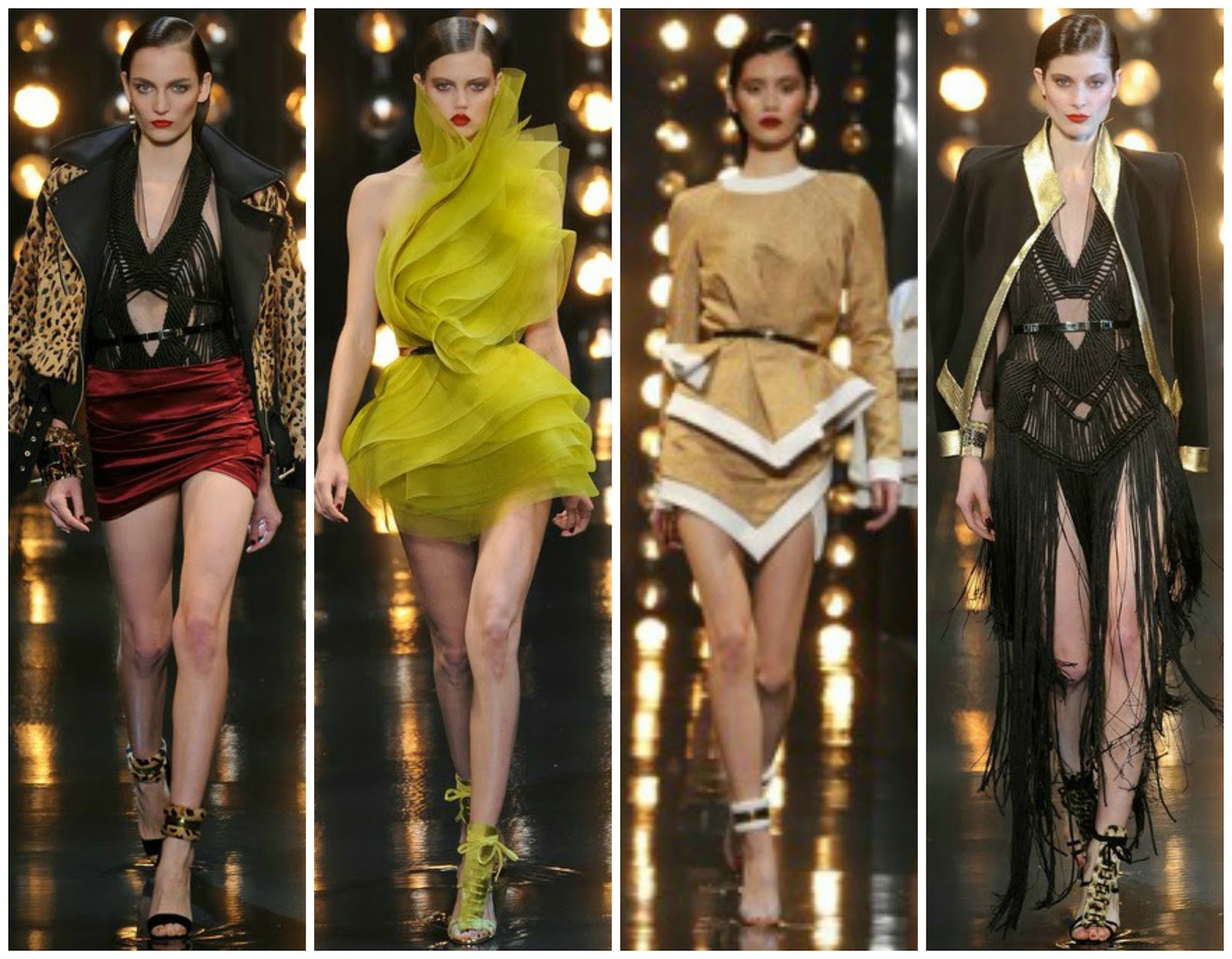 |
| Alexandre Vauthier |
Alexandre Vauthier, known for his racy
dresses and gowns, did not disappoint this season. His collection played to
extra-long fringes and intricate leather barding.
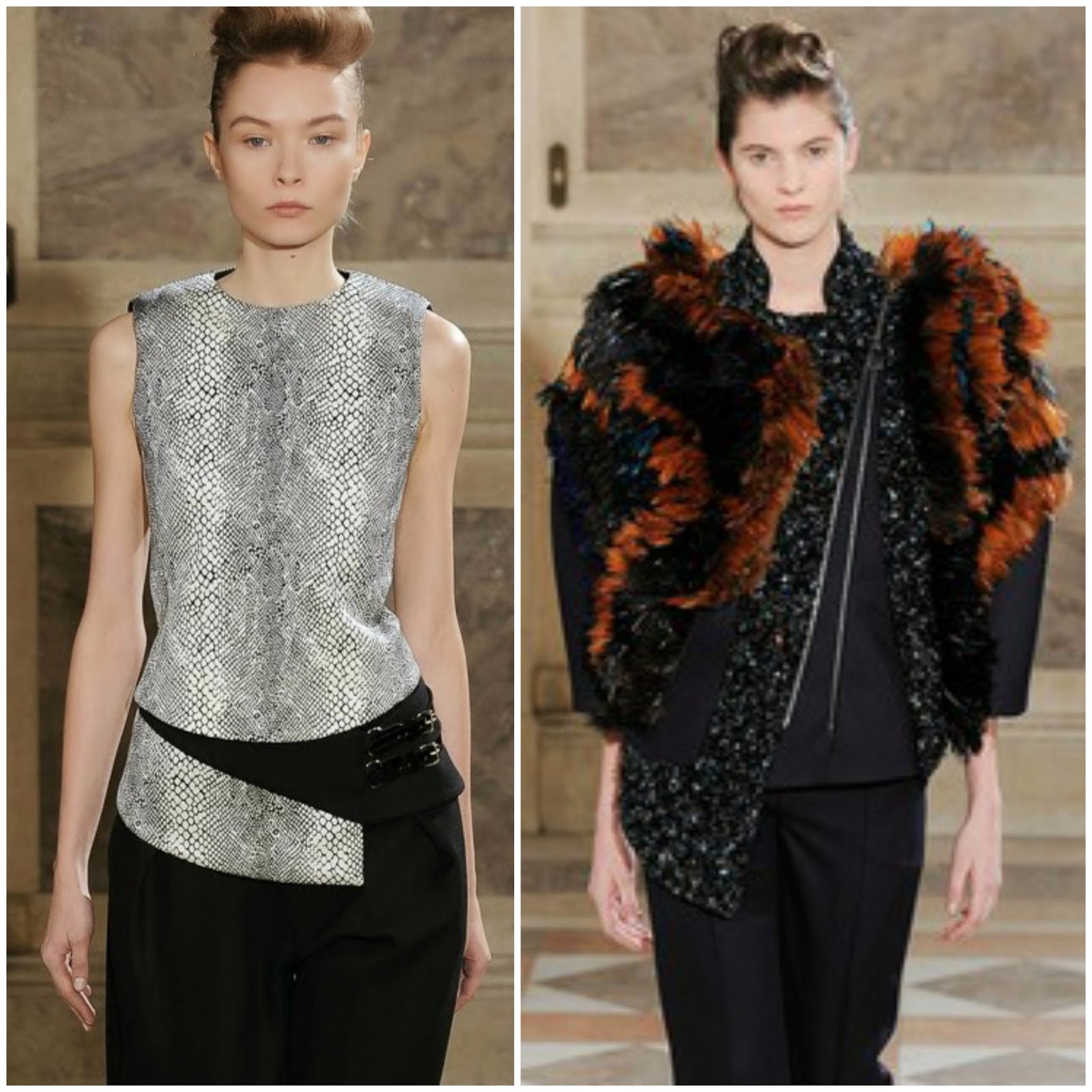 |
| Bouchra Jarrar |
Unapologetically obsessed
with everyday-clothes, Bouchra Jarrar’s
collection is a mix of classic redingotes and biker jackets with diagonal
zippers and encrusted with crystals, the designer wanted to ‘catch the light’
which she certainly has.
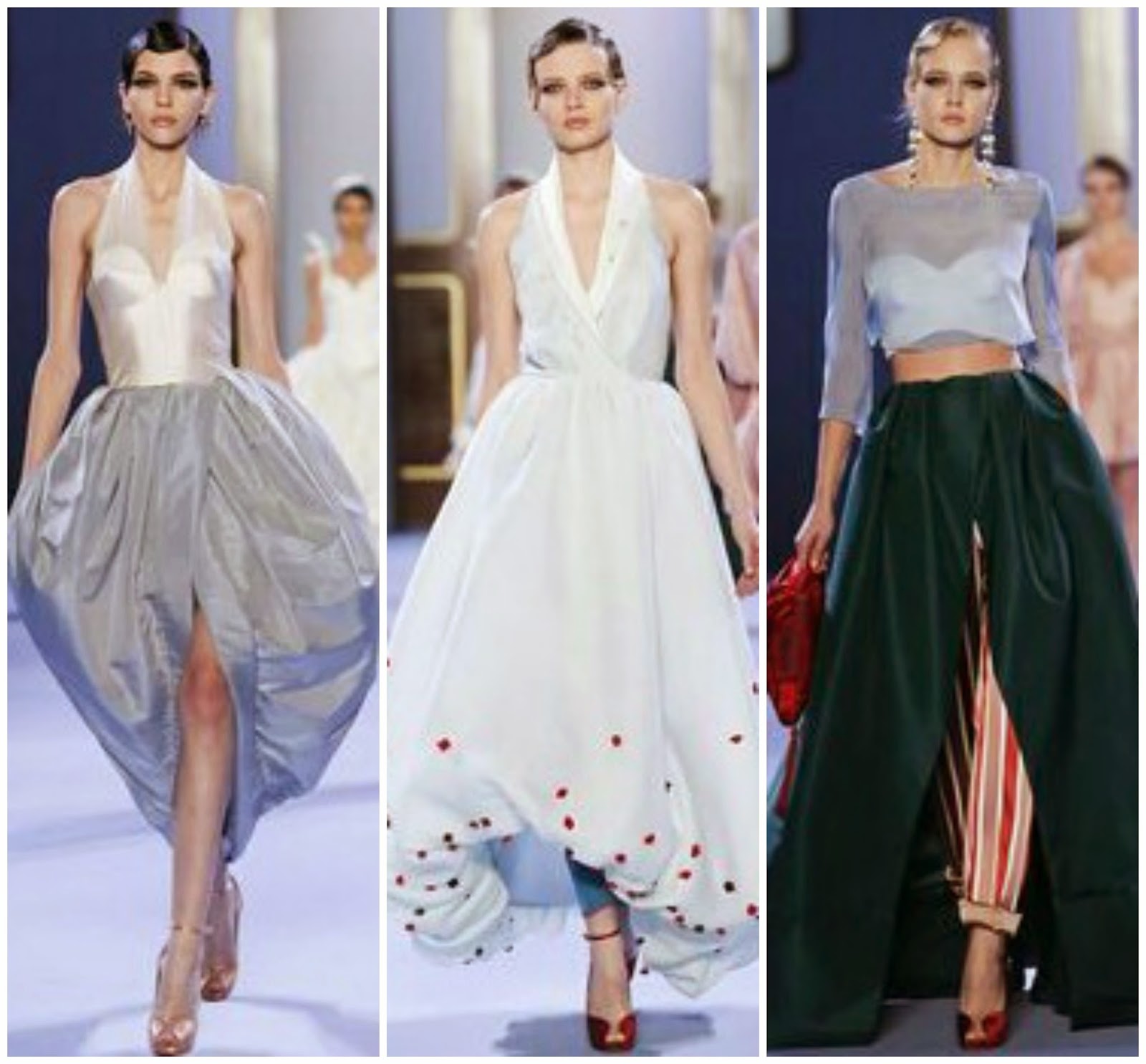 |
| Ulyana Sergeenko |
Highly inspired and mesmerized by Kazakhstan,
Turkmenistan and Uzbekistan Ulyana Sergeenko’s collection is sensual and strong, draped in garments enhancing
their beauty.
 |
| Chanel |
A sporty version of evening wear complete with athletic
accessories, embroidered tweed, sculpted corsets and lace chiffon in diaphanous
silver and pearly shades were the show stealers for Chanel.
 |
| Alexis Mabille |
Alexis Mabille created
a serenely beautiful collection which was exquisite in its making.
 |
| Giambattista Valli |
A blend of
fairytale and modern princess Giambattista
Valli’s collection, lavishly decorated with magnificent colors, set the
show on fire.
With such a spectacular fashion season to look forward to, it
is going to be one hot summer!






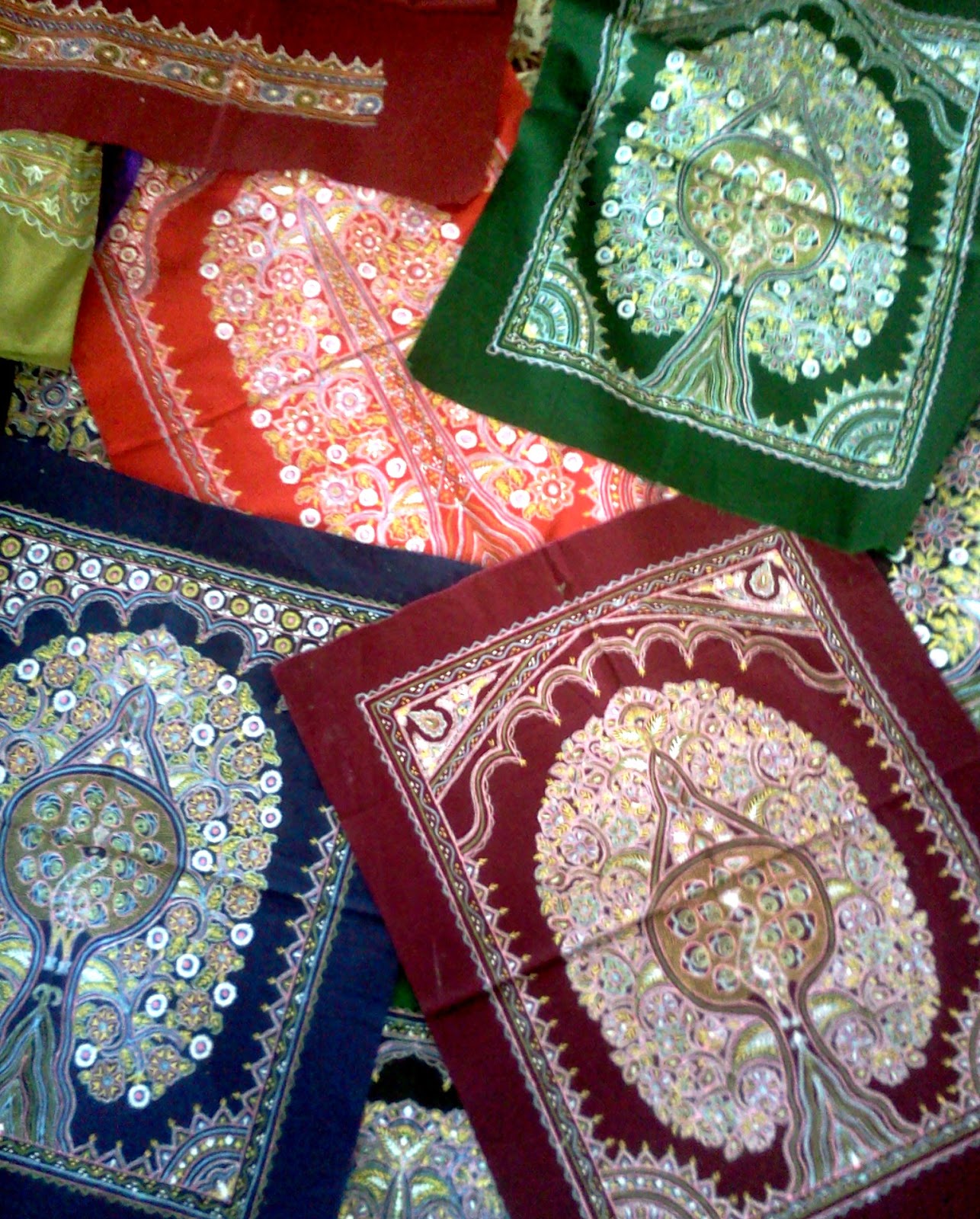
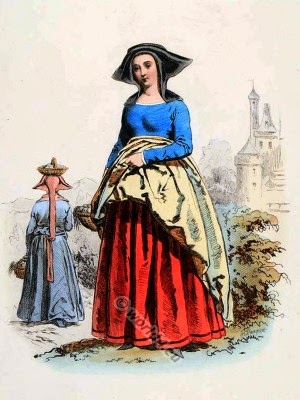

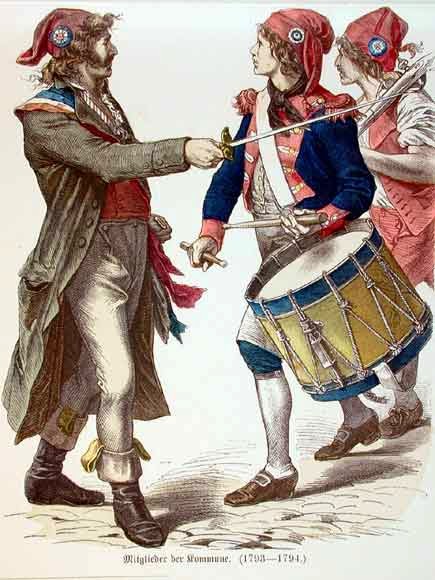





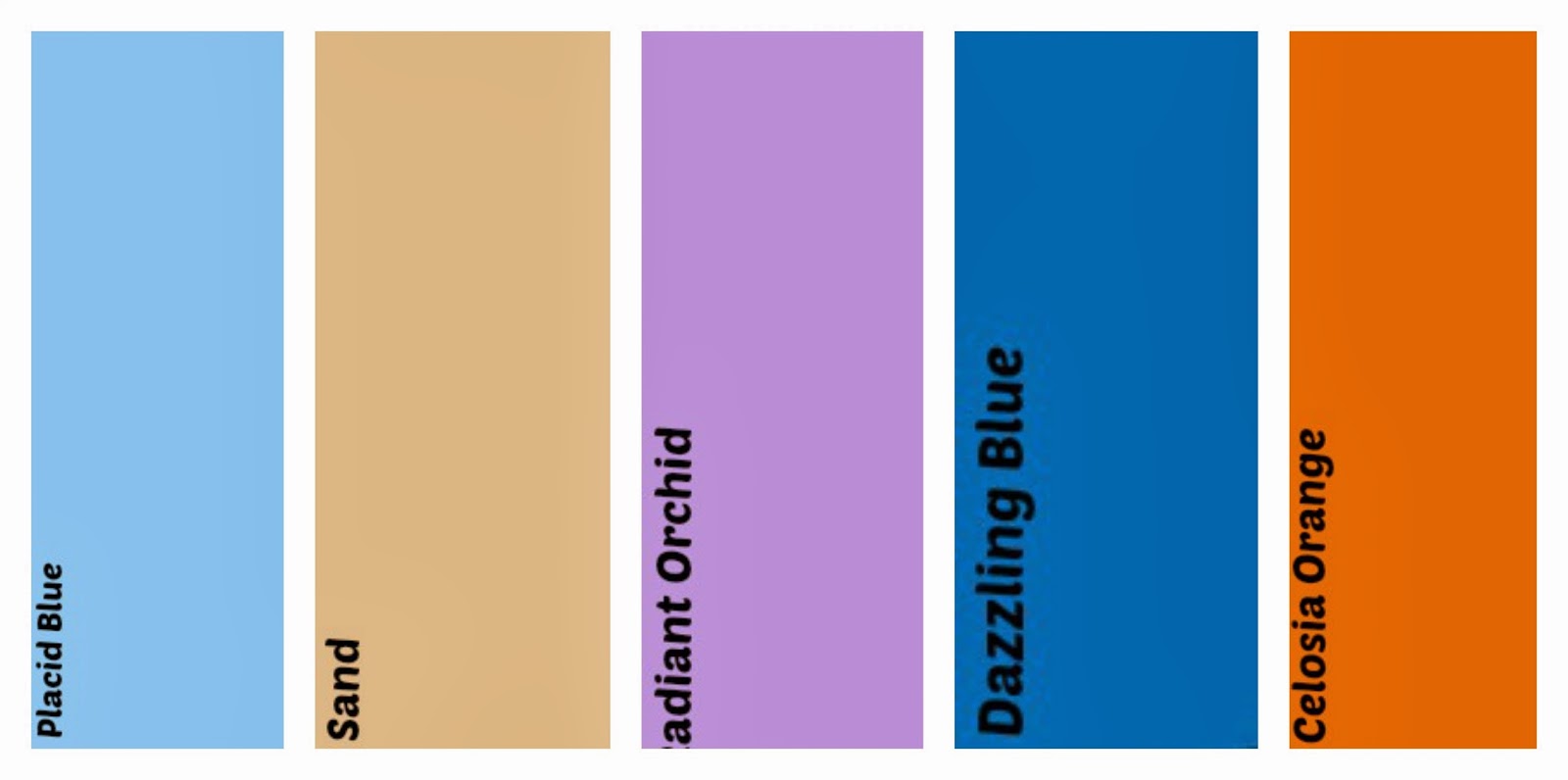

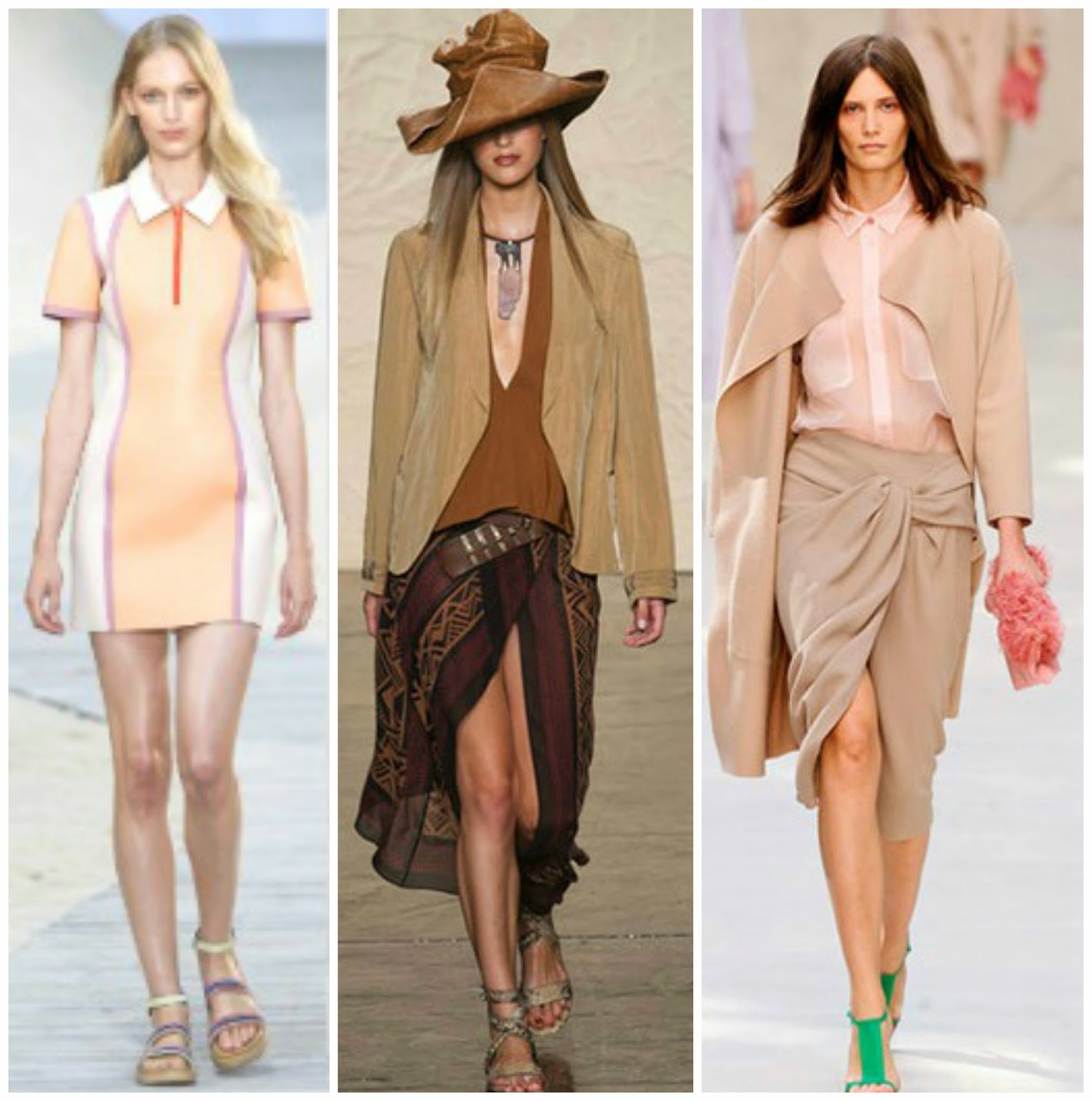









.jpg)
























